13 Foods You're Storing Wrong (And How to Fix It)
This listicle reveals common food storage mistakes and provides practical solutions to keep your groceries fresher and longer.
- Daisy Montero
- 5 min read
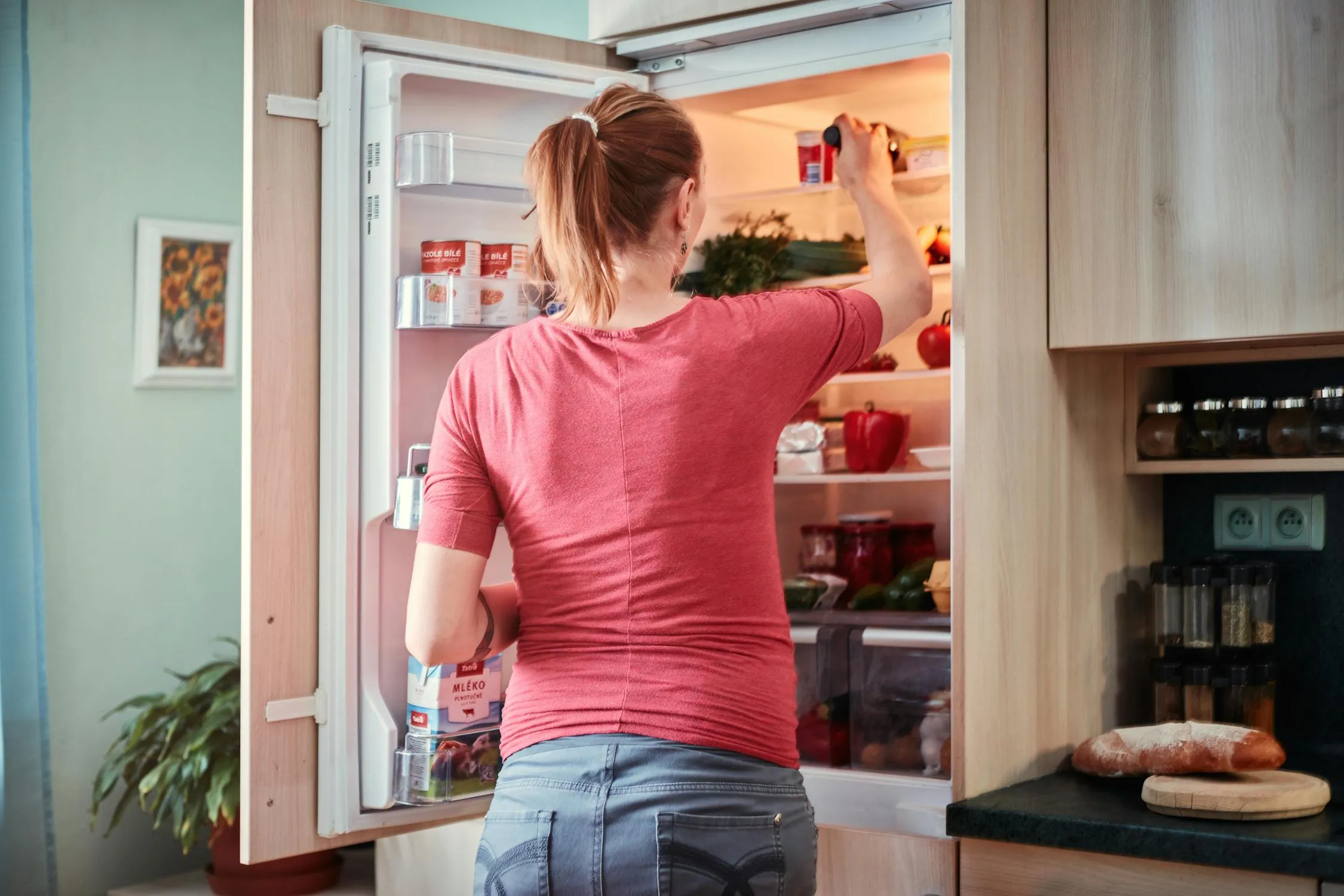
A lot of food gets wasted because it isn’t stored the right way. This guide breaks down common mistakes people make when storing their groceries and offers practical fixes to keep things fresher, longer. You’ll find easy tips to stop avocados from browning, bread from drying out, and more. These simple changes can save you money, reduce waste, and make your meals taste even better.
1. Avocados Left Out to Ripen Fully
 Diana ✨ on Pexels
Diana ✨ on Pexels
Leaving avocados on the counter until they’re fully ripe can lead to spoilage. Store unripe avocados at room temperature, but transfer them to the fridge once they start to soften. This slows the ripening process, giving you more time to enjoy them. If you’ve already cut an avocado, cover it tightly and add a splash of lemon juice to keep it fresh.
2. Bread Stored in the Fridge
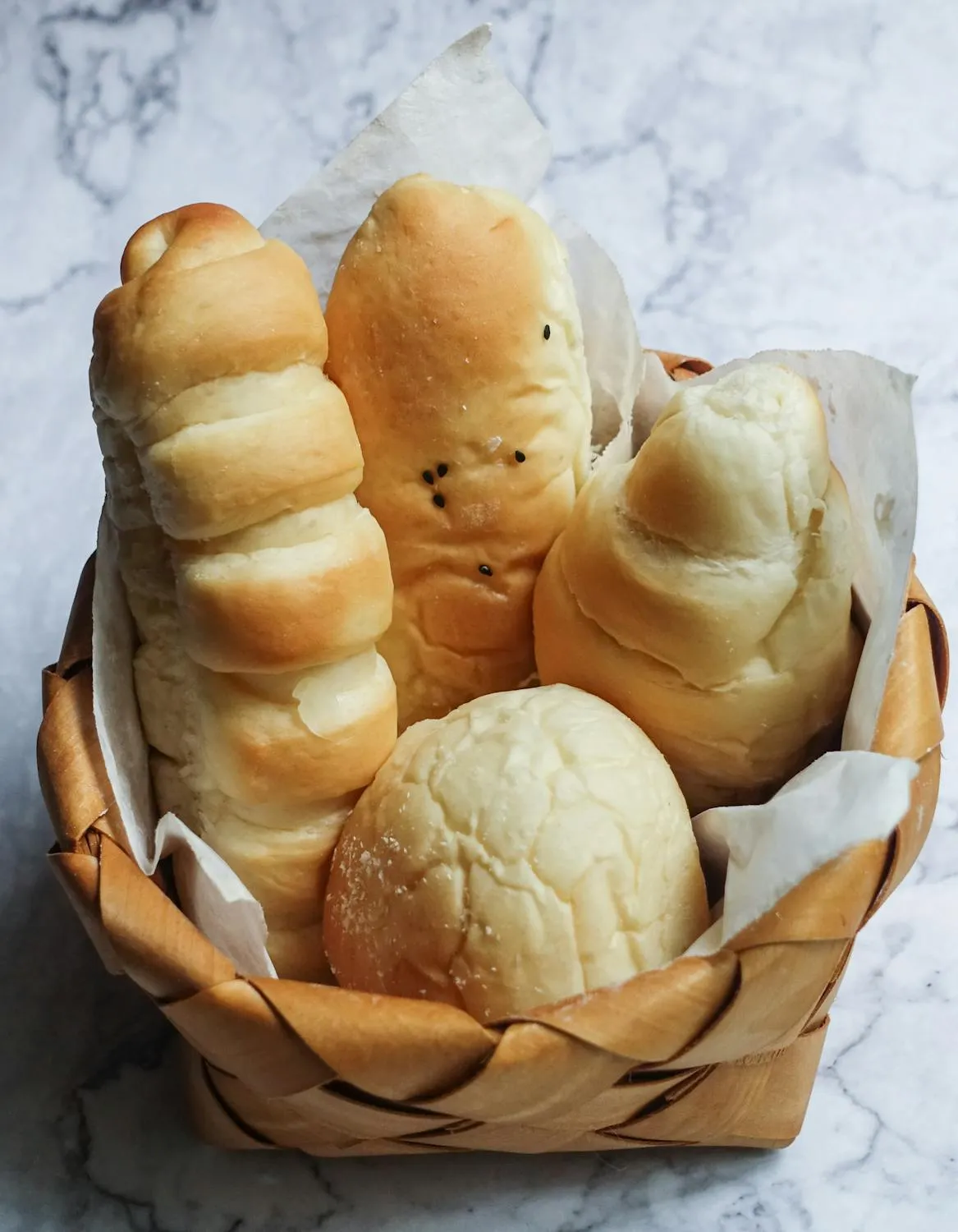 Cats Coming on Pexels
Cats Coming on Pexels
Many people think refrigerating bread keeps it fresh, but it actually makes it dry out faster. Instead, store bread in a bread box or airtight bag at room temperature. If you need to keep it longer, freeze it and toast slices as needed. This method keeps your bread soft and tasty. Say goodbye to crumbly, dry loaves.
3. Honey Stored in the Fridge
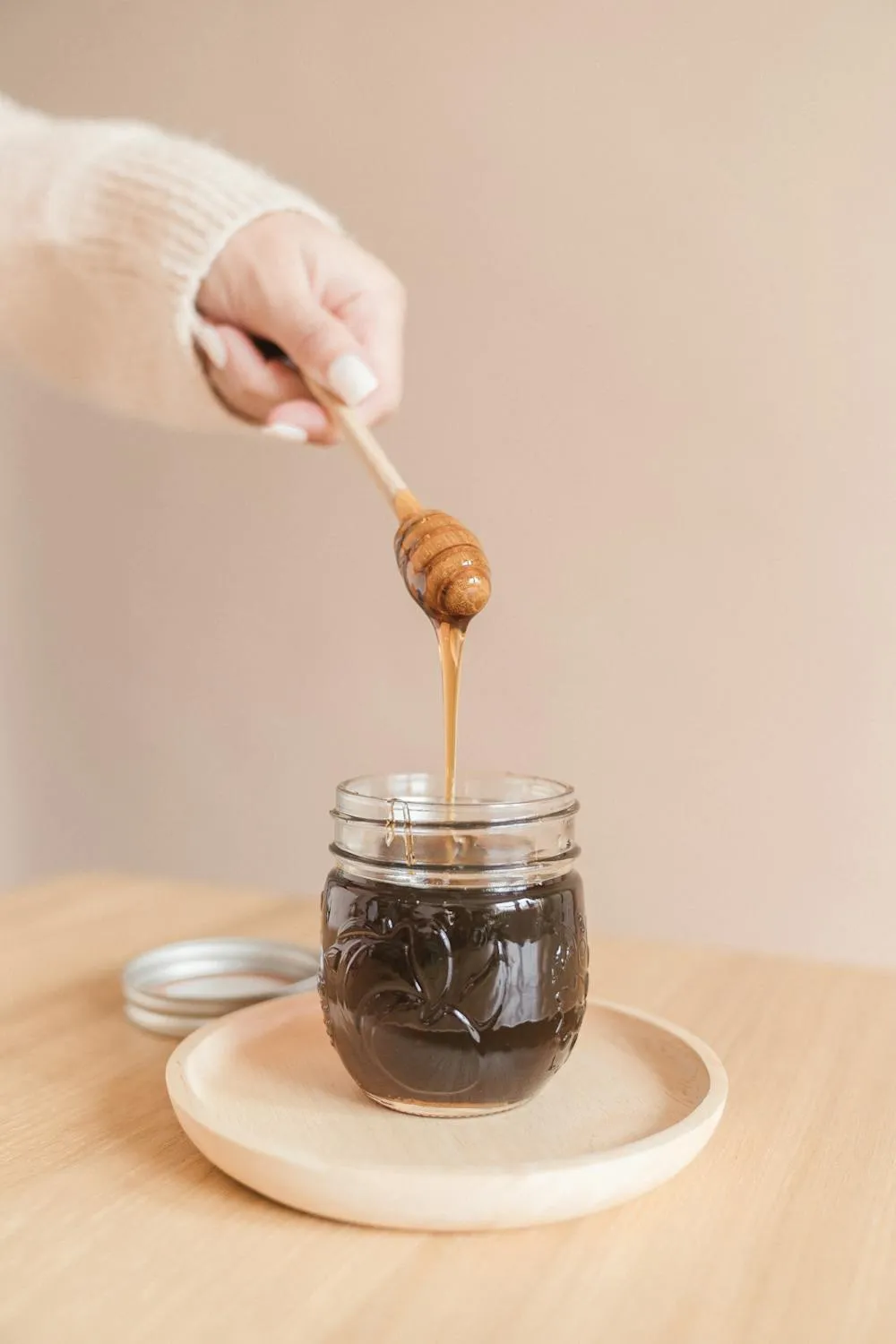 Mike Jones on Pexels
Mike Jones on Pexels
Storing honey in the fridge causes it to crystallize, which makes it hard to use. Keep honey in a cool, dry place instead. Its natural preservatives ensure it stays fresh for years without refrigeration. If your honey has crystallized, put the jar gently in hot water to restore its smooth texture. Proper storage preserves its flavor and usability.
4. Bananas Refrigerated Too Early
 Pavel Danilyuk on Pexels
Pavel Danilyuk on Pexels
Refrigerating green bananas stops the ripening process and can lead to an unpleasant texture. Let bananas ripen fully at room temperature before chilling them to extend their shelf life. To avoid brown spots, separate them from other fruits that release ethylene gas. This simple trick ensures you get perfectly sweet bananas every time.
5. Cucumbers in the Coldest Fridge Section
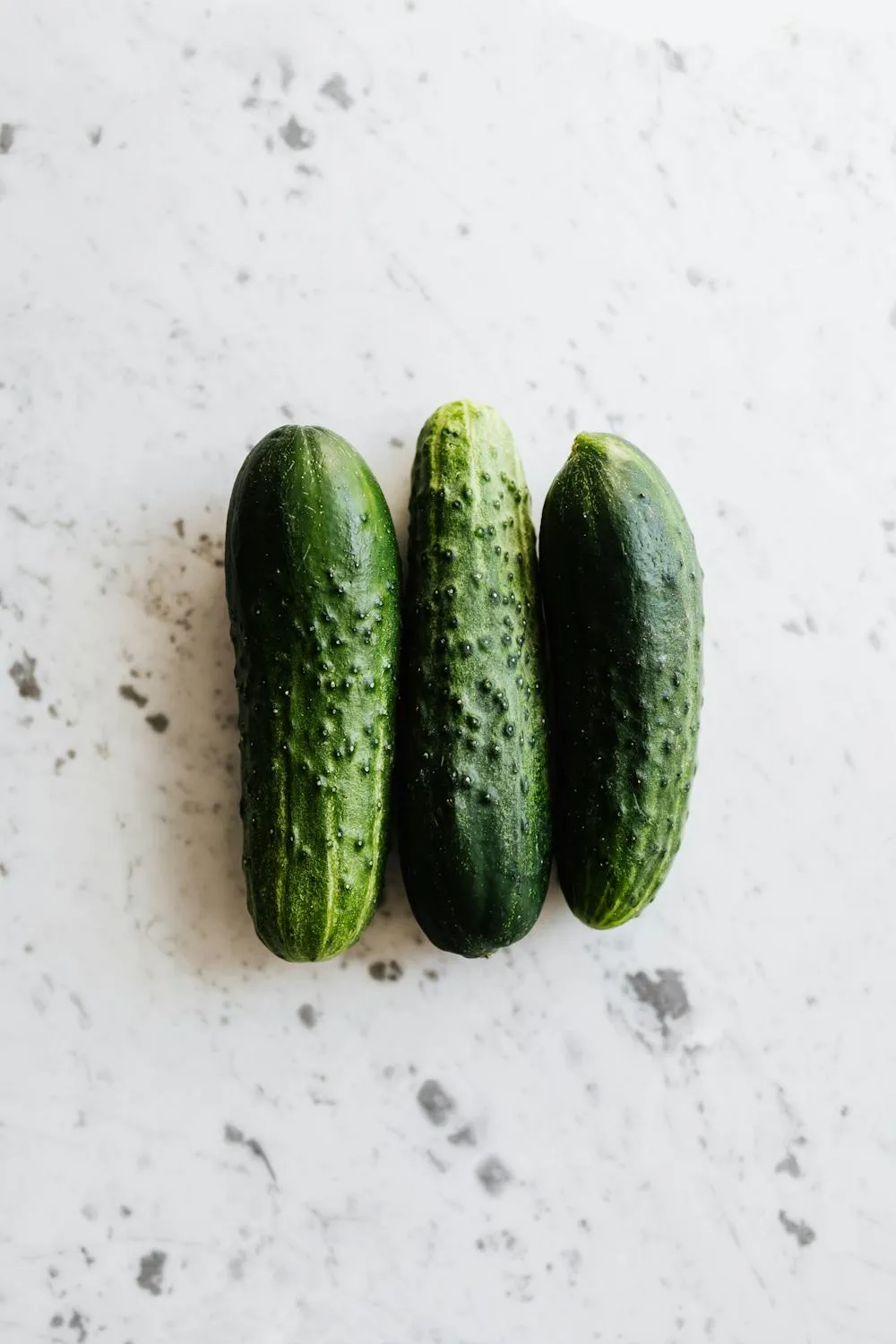 Photo By: Kaboompics.com on Pexels
Photo By: Kaboompics.com on Pexels
Cucumbers are sensitive to cold temperatures and can become watery or slimy when stored in the fridge’s coldest section. To maintain their texture, keep them in a slightly warmer section, like the crisper drawer. Avoid plastic bags, which trap moisture and lead to spoilage. Proper storage keeps cucumbers crisp and refreshing.
6. Lettuce Stored in Plastic Bags
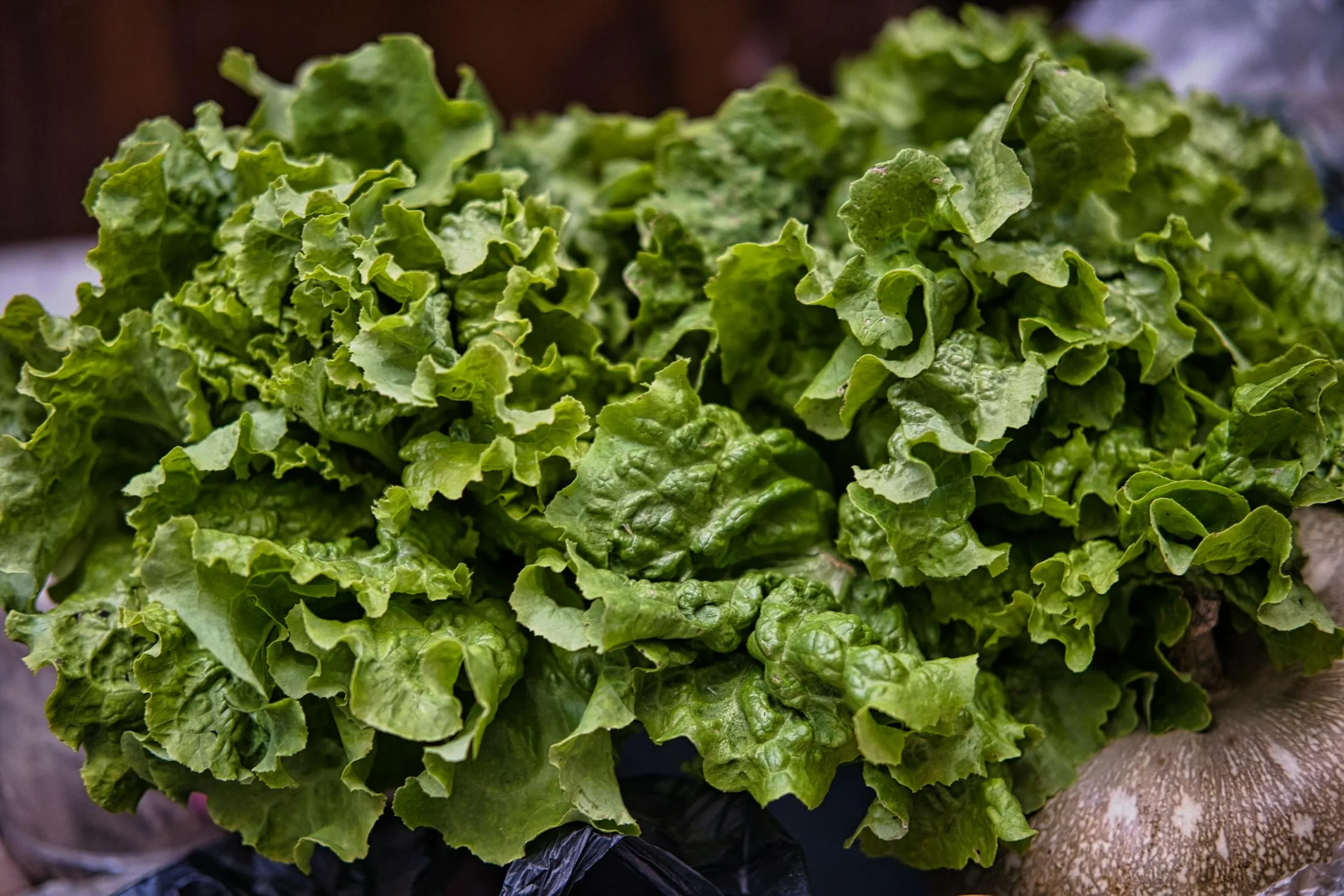 Furkan EROĞLU on Pexels
Furkan EROĞLU on Pexels
Storing lettuce in plastic bags traps moisture and leads to wilting and sliminess. Instead, wrap it in a dry paper towel and place it in a breathable bag. This helps keep the leaves crisp and fresh. A little care in storage will ensure your lettuce stays perfect for salads and sandwiches.
7. Pineapples Left Whole
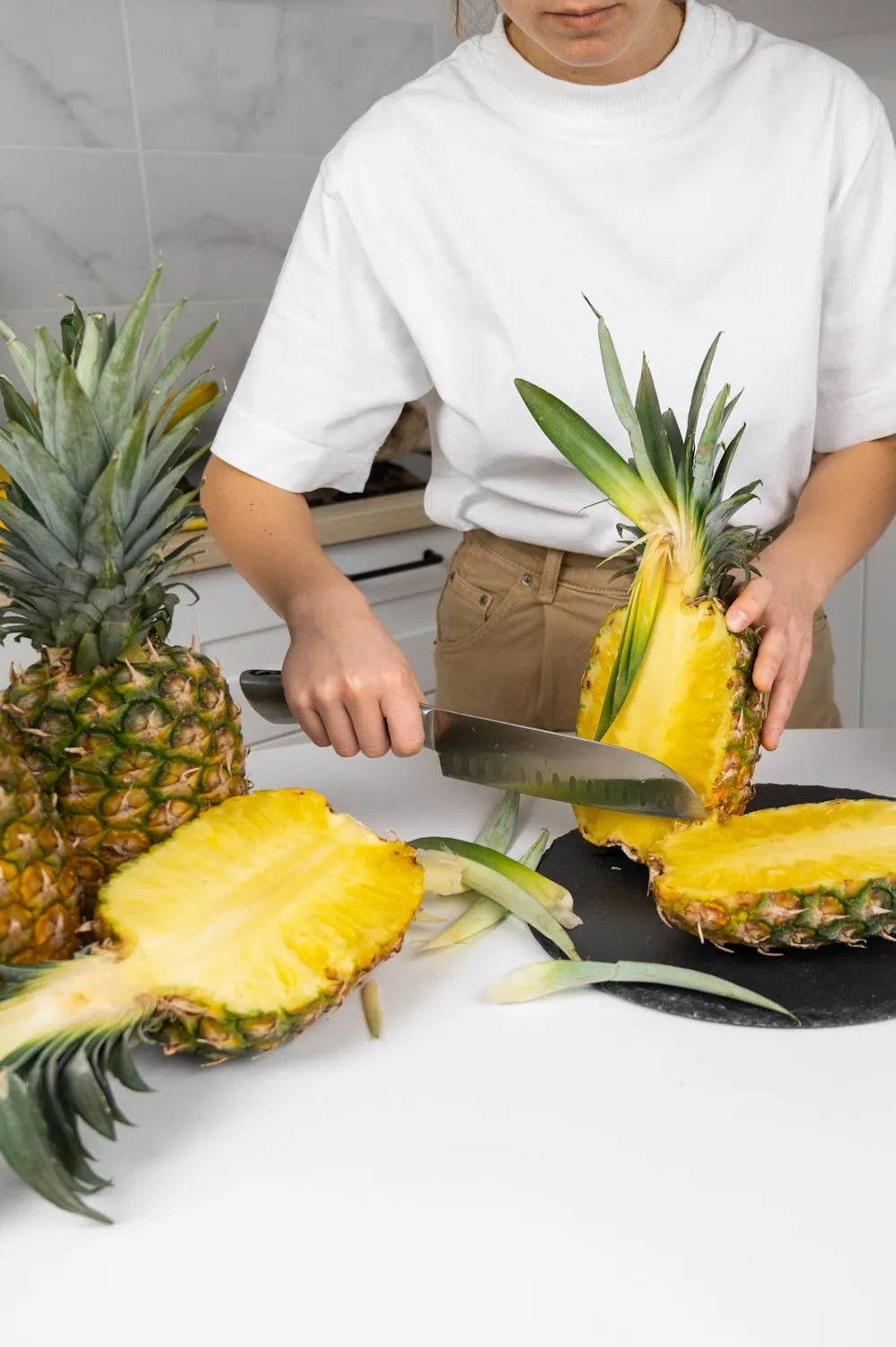 SHVETS production on Pexels
SHVETS production on Pexels
A whole pineapple can last a while, but once cut, it quickly loses its sweetness. Store chopped pineapple in an airtight container and place it in the fridge to preserve its flavor and prevent it from drying out. On the other hand, whole pineapples should be stored at room temperature until they ripen. Enjoy it fresh, or freeze leftovers for smoothies.
8. Bell Peppers in the Fridge Too Early
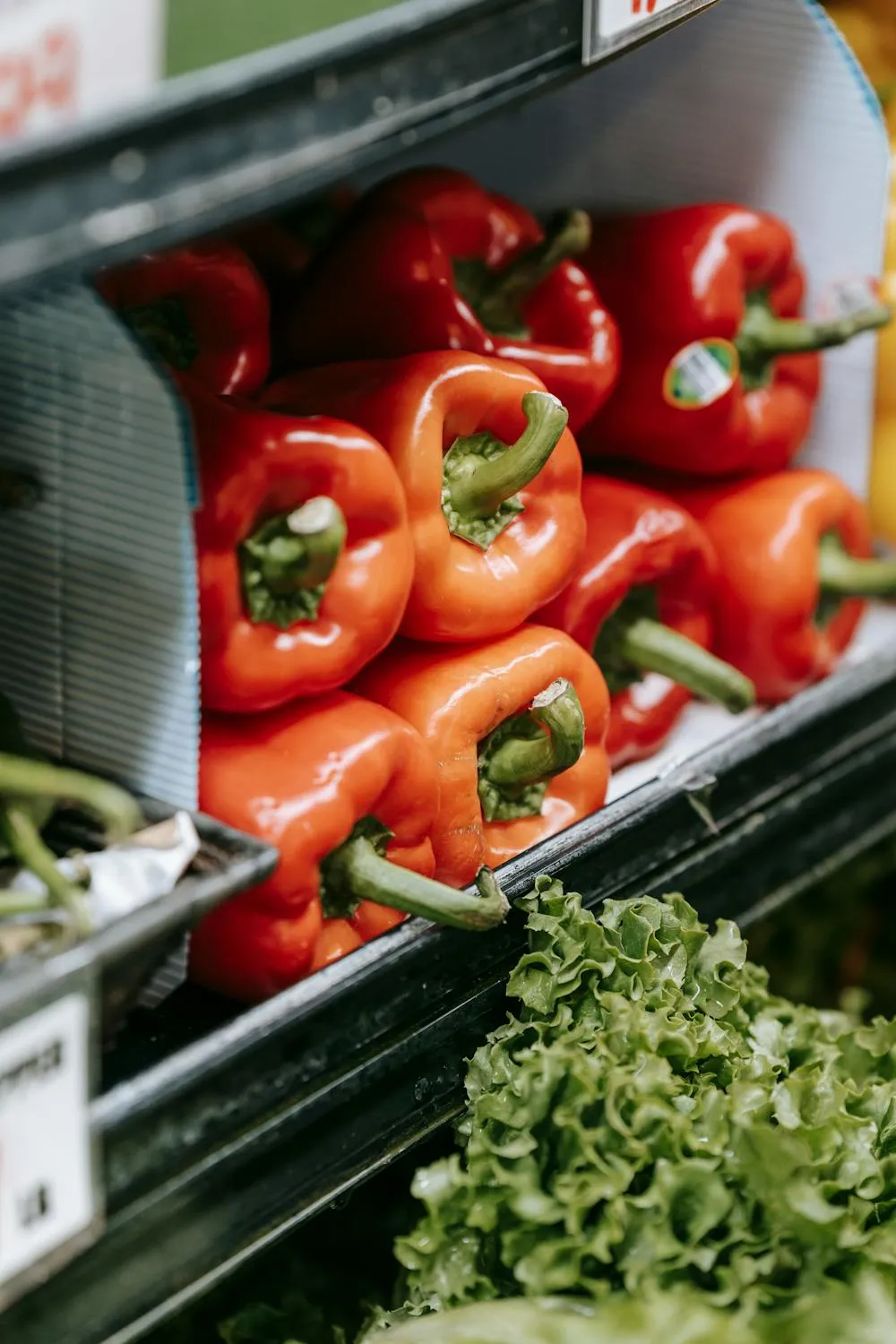 Michael Burrows on Pexels
Michael Burrows on Pexels
Bell peppers last longer in a cool, dry place than in the fridge, especially when firm. Keep them in a dry spot at room temperature to let them ripen. Once cut, however, they should be wrapped in plastic and placed in the fridge to stay fresh. Proper storage ensures bell peppers stay sweet and crunchy for your next meal.
9. Tomatoes in the Fridge
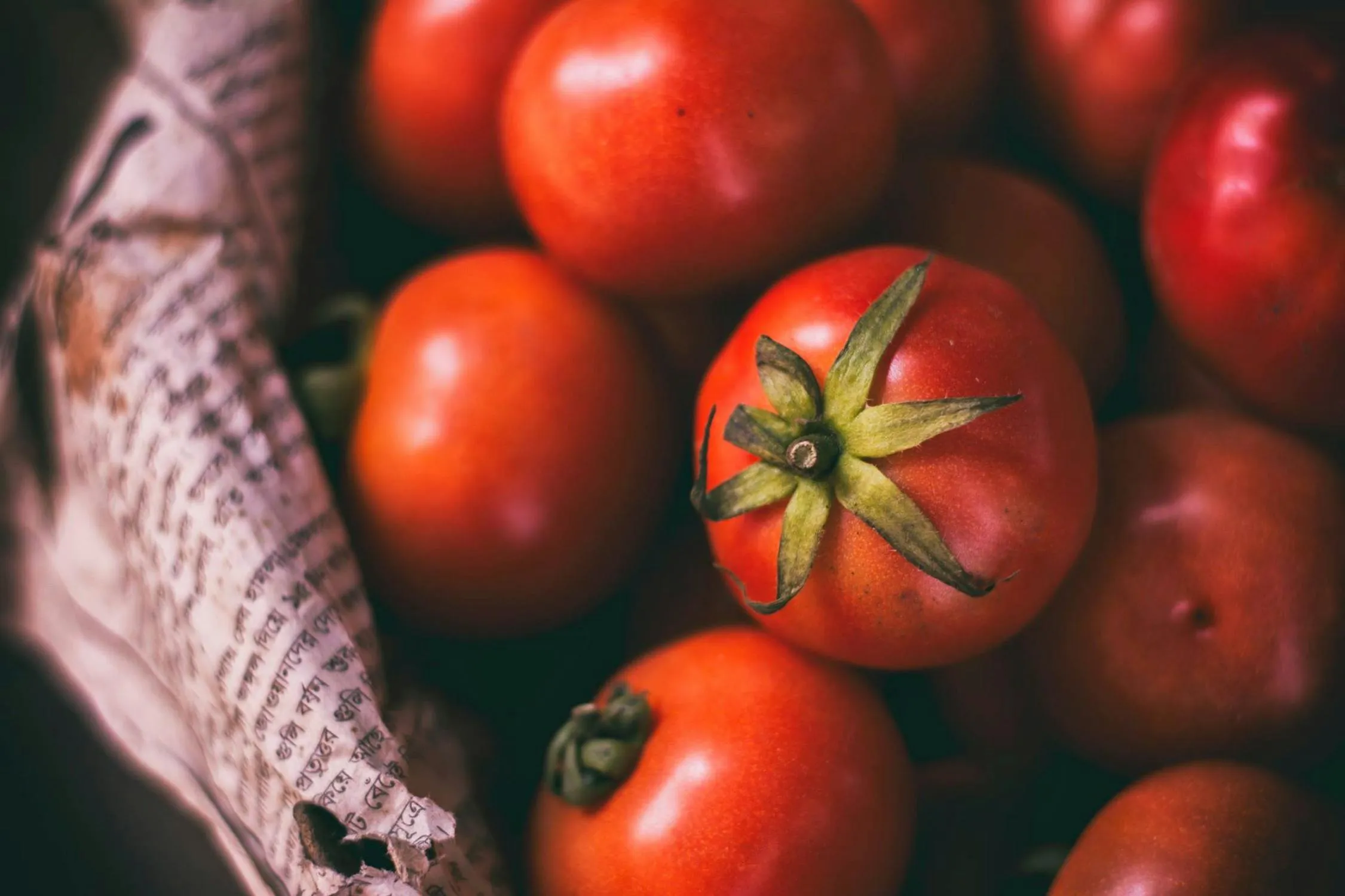 Suvan Chowdhury on Pexels
Suvan Chowdhury on Pexels
Refrigerating tomatoes changes their texture, making them grainy and less flavorful. To maintain their taste and juiciness, store tomatoes at room temperature, away from direct sunlight. If they’re cut, wrap them tightly and keep them in the fridge for a short period. This way, you’ll always have the best tomatoes for your dishes.
10. Broccoli Wrapped in Plastic
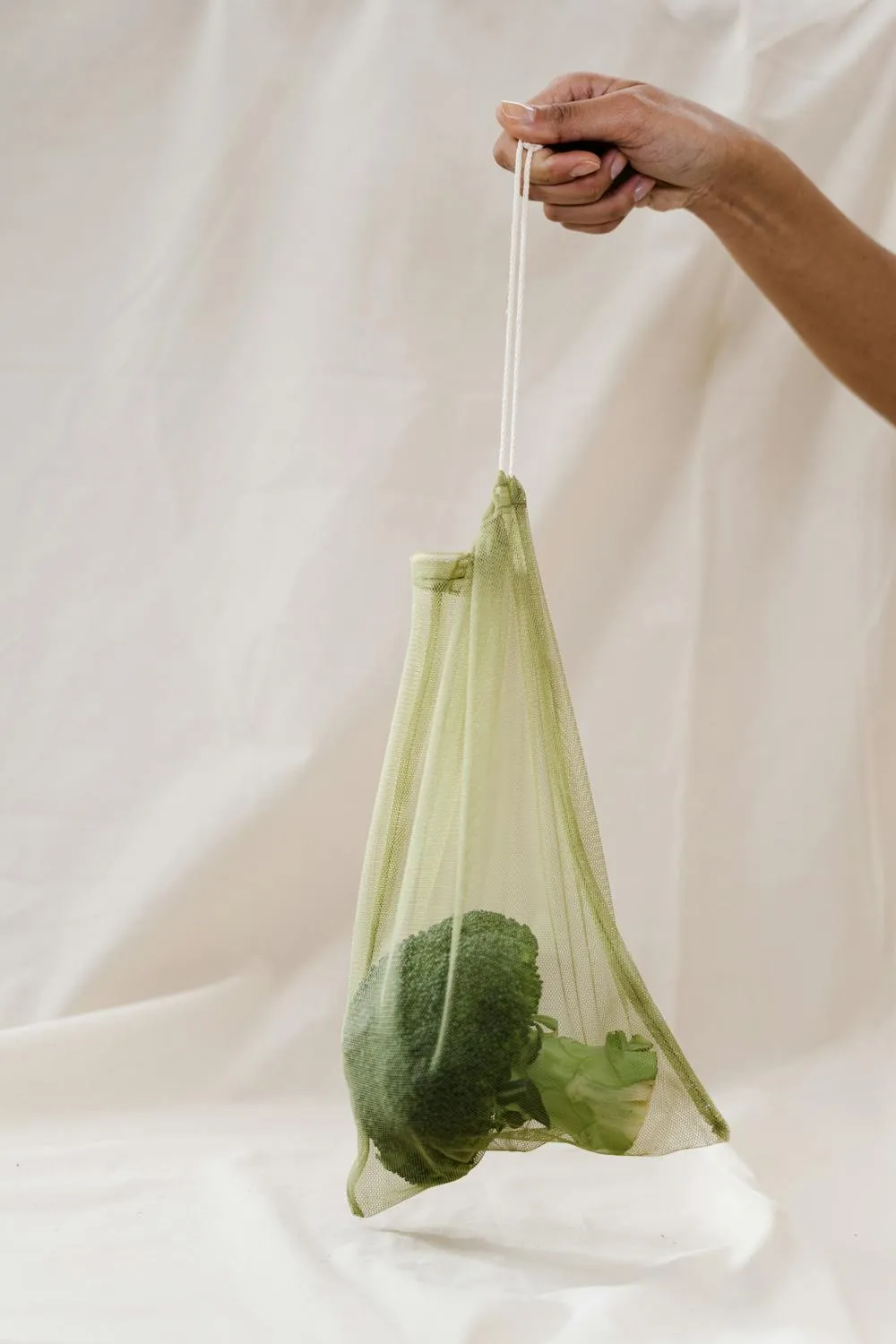 cottonbro studio on Pexels
cottonbro studio on Pexels
Wrapping broccoli in plastic traps moisture, which leads to faster spoilage. Instead, store it in a breathable container or a perforated bag to maintain freshness. You can also use a damp paper towel to wrap it before storing it in the fridge. This simple change helps broccoli stay crisp and ready for your next meal.
11. Carrots Stored Without Their Tops
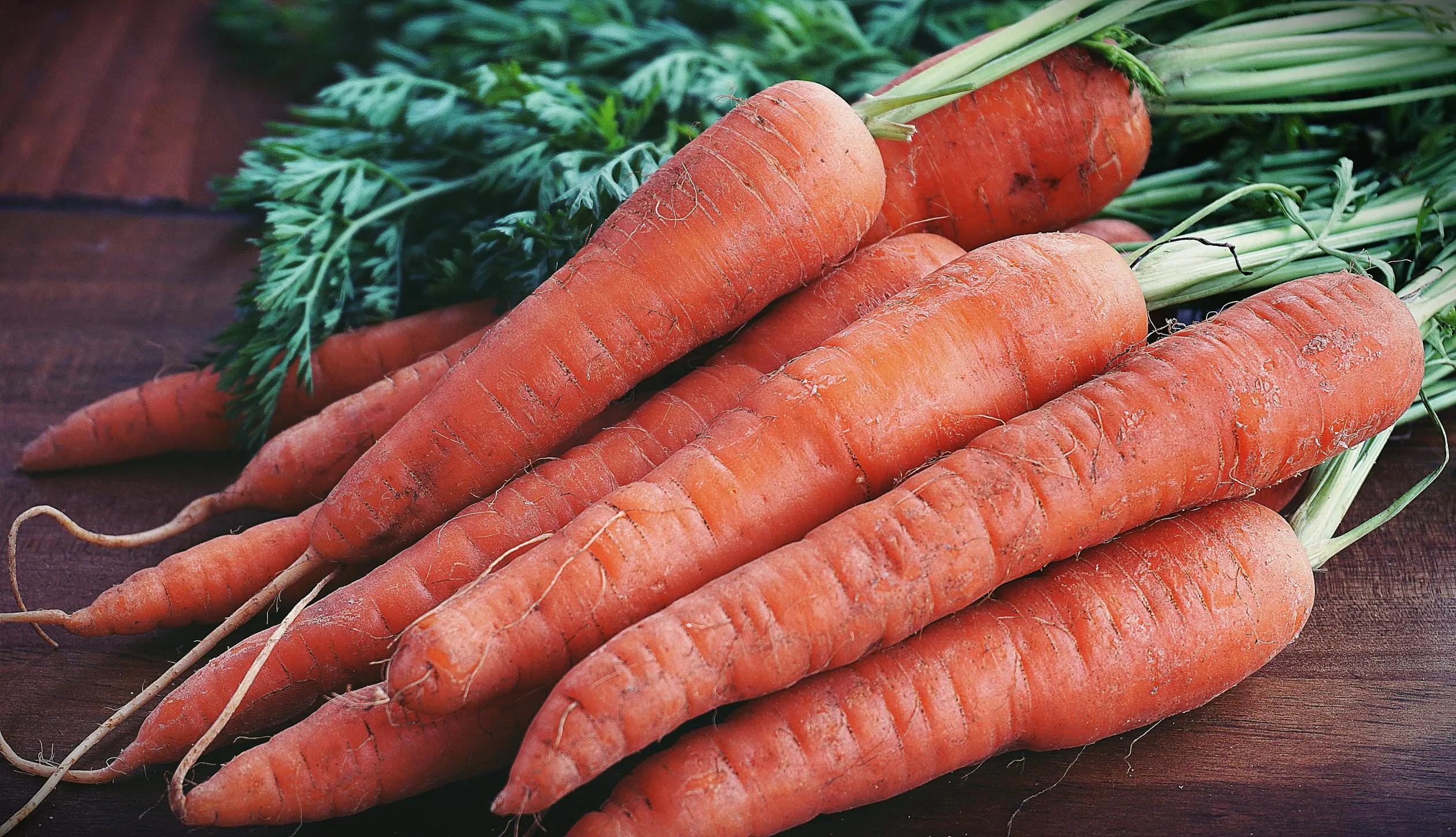 Suzy Hazelwood on Pexels
Suzy Hazelwood on Pexels
Carrots last much longer when you store them with their tops on. Removing the tops before storage causes the roots to dry out faster. Leave them intact and store your carrots in the fridge in a perforated bag or container. This simple step keeps them crisp and flavorful, ready for your next dish.
12. Raw Meat Left in Original Packaging
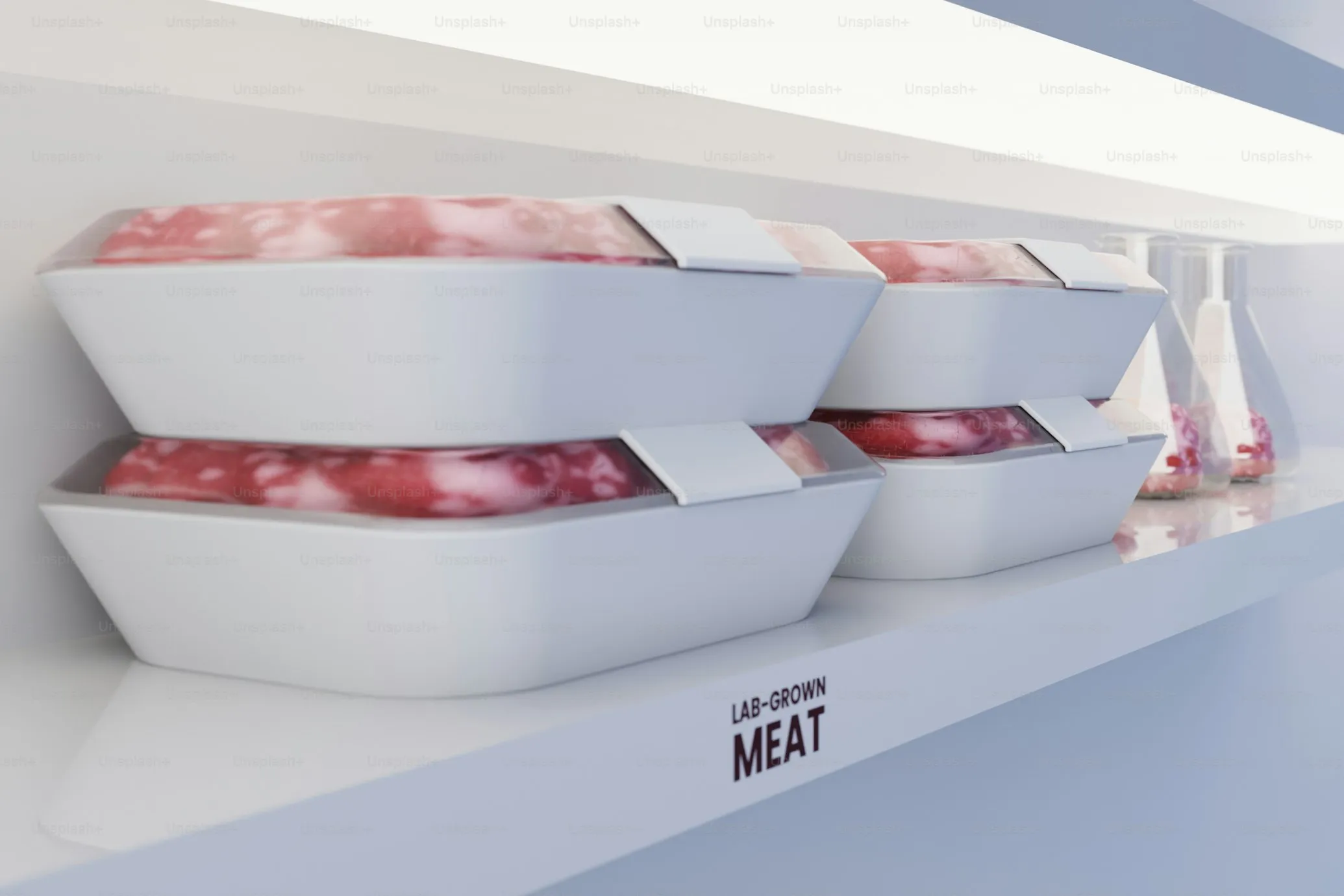 Ruliff Andrean on Unsplash
Ruliff Andrean on Unsplash
The plastic packaging meat comes in is often not designed to keep it fresh long-term. To store raw meat better, transfer it to an airtight container or resealable bag. This helps prevent leaks and keeps the meat fresh longer. Proper storage also reduces the risk of bacteria growth and maintains the quality of the meat.
13. Sweet Potatoes Stored in the Fridge
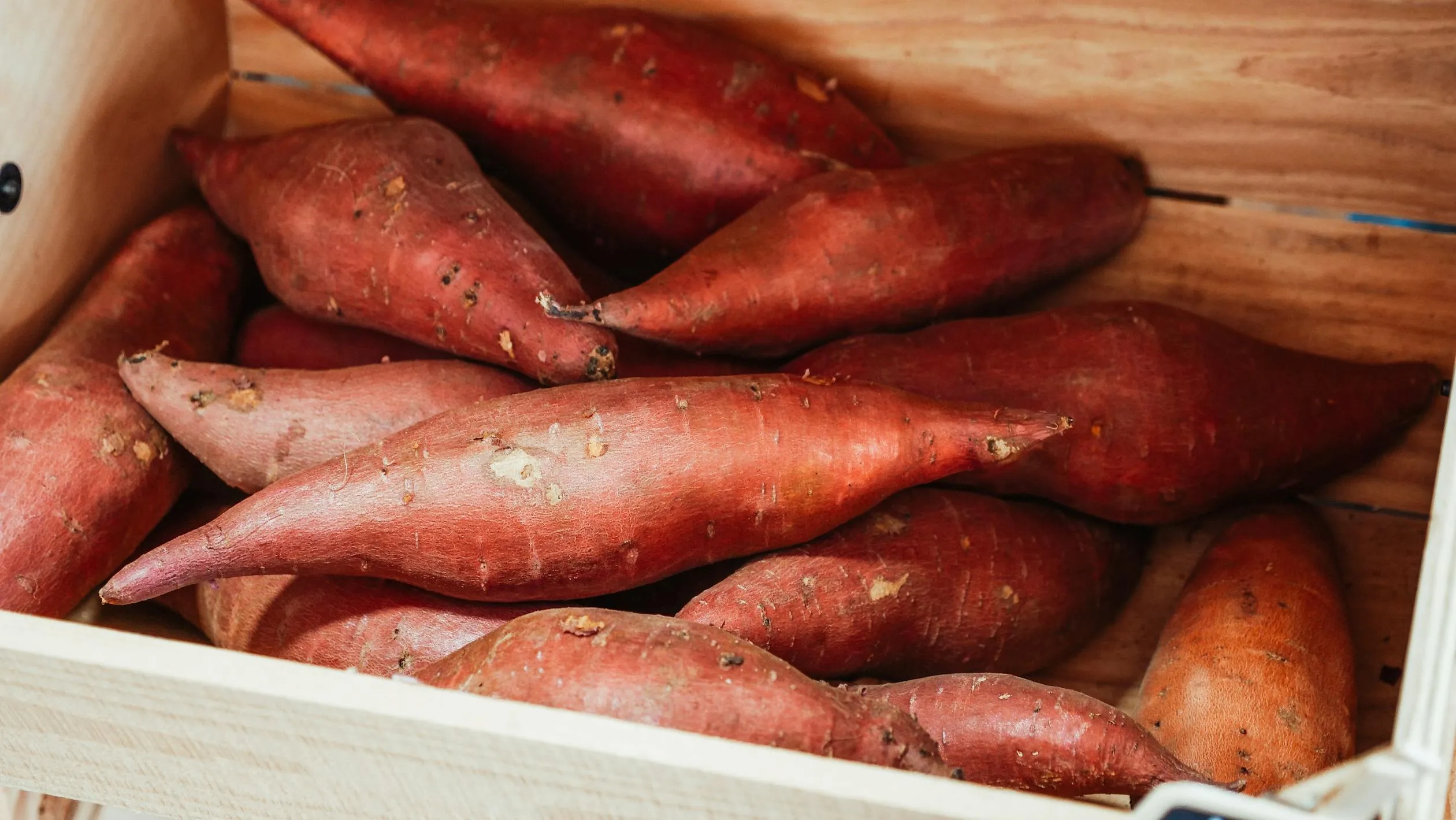 Kindel Media on Pexels
Kindel Media on Pexels
Sweet potatoes don’t belong in the fridge. The cold temperature changes their taste and texture. Store them in a cool, dry place like a pantry or cupboard, and they’ll stay fresh for weeks. Keep them away from onions, as both release gases that can speed up spoilage. Proper storage keeps sweet potatoes sweet and ready for roasting or mashing.